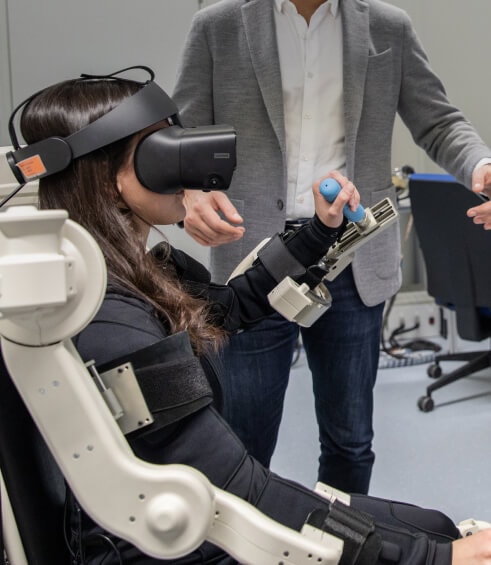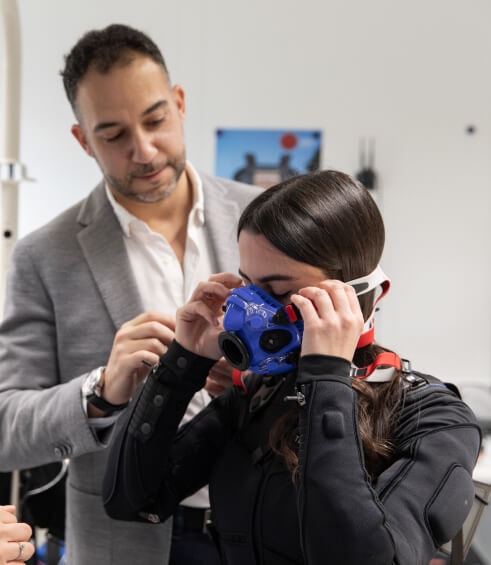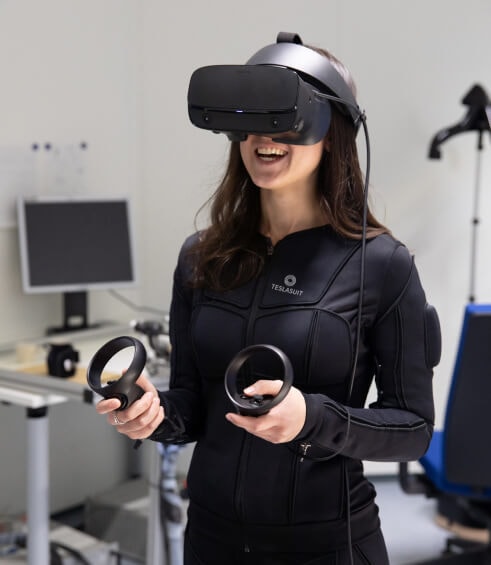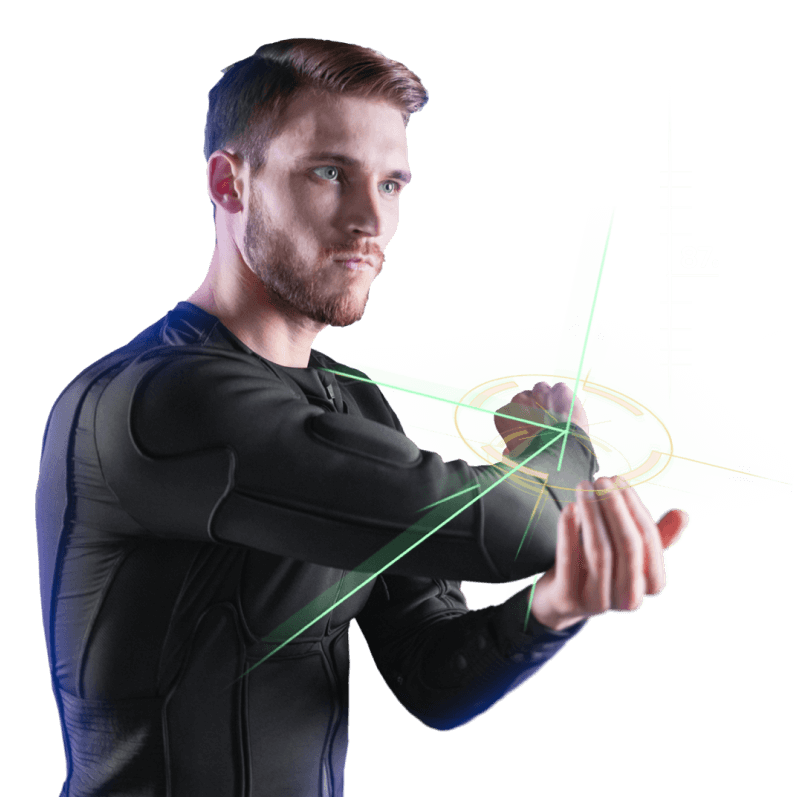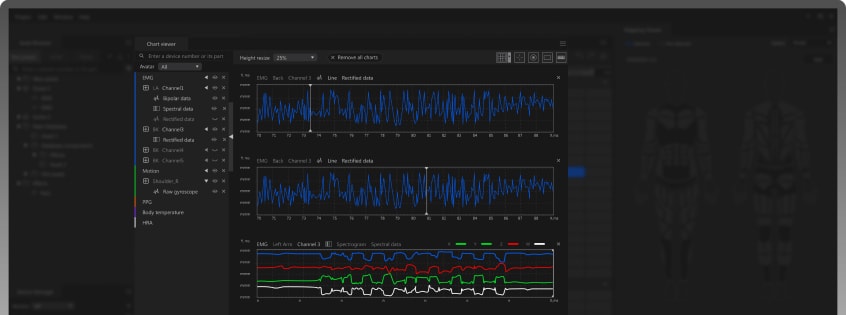Innovative Approach to Research
Due to the 3 high level systems that focus around understanding human behaviors, Teslasuit is an excellent research tool which is currently being used by over 50 research institutes around the world. These projects vary from master’s and PhD projects at world renown universities to governmental and medical institutes. You can find Teslasuit involved in aerospace, automotive, medical, defense, sporting, and behavioral science projects.

